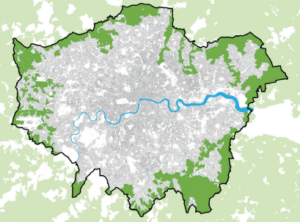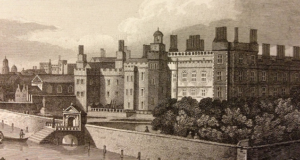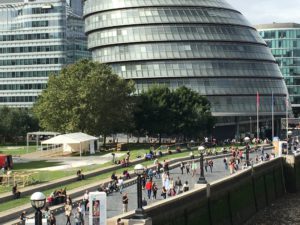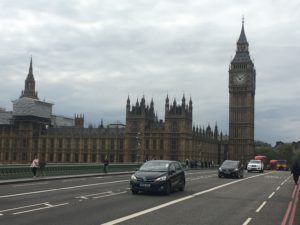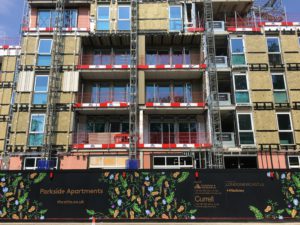Siobhain McDonagh, MP for Mitcham and Morden, made a small but important media splash earlier this month with her campaign to get at least a million homes built on London’s Green Belt land. Not all of that land, not even very much of it, – just some bits around some the city’s stations that aren’t, in fact, terribly green.
It is rare for a senior mainstream politician to take this public stance – the last one I recall doing so was David Lammy. The reason for that is not mysterious. Even the mildest proposal for Green Belt reform risks a sustained battering from conservative media and conservationists alike, many of them armed with loaded warnings about dark urban forces “concreting over” England’s green and promised land.
Against such a backdrop, Sadiq Khan’s rigid refusal to countenance any change to current Green Belt demarcations during the 2016 mayoral election campaign was a rational pre-emptive defence against the low insinuations – not to mention shameless misrepresentations – of Zac Goldsmith’s dire campaign. But that doesn’t mean he or anyone else who claims to want to sharply increase the capital’s housing supply should now be cowed out of contemplating the modernisation of a measure that might have seemed virtuous in 1955 but is now both partly misnamed and largely incompatible with London’s need for what the Mayor calls “good growth”.
McDonagh’s initiative is a response to a consultation on the National Planning Policy Framework (NPPF), to which City Hall’s evolving London Plan and the core planning documents of London’s local authorities must all broadly conform. There’s been a House of Commons early day motion seeking a “presumption in favour of housebuilding” on “scattered plots” of Metropolitan Green Belt land within Greater London lying within 45 minutes’ travel time from Zone 1 and less than a 10 minute walk to a train station.
Stopping development on these plots, the motion argued, does not even do important things the Green Belt is meant to do, such as restricting urban sprawl. And McDonagh has been gathering photos of Green Belt land that contain garages, derelict buildings and scrub – vistas far removed from the rolling hills through which the public may freely roam that the term Green Belt can conjour up.
Indeed, as a 2015 report from London First illustrated, less than a quarter of Green Belt land within London is accessible to all or given special environmental protection. Most of it, 59 per cent, is used for intensive farming and a further seven per cent is given over to golf. The year before that, LSE professor Paul Cheshire calculated that 1.6m homes at average densities could be fitted into London’s 32,500 hectares of Green Belt land – way more than enough to meet current and projected future demand.
Professor Cheshire is among an extremely varied list of signatories to McDonagh’s submission to the NPPF framework. Others include On London contributor Karen Buck MP, On London supporter Lord Andrew Adonis, their fellow parliamentarians Viscount Ridley (Conservative), Neil Coyle MP (Labour), Nick Boles MP (Conservative) as well as Lammy, heads of organisations ranging from the London Society to London Yimby to the Taxpayers’ Alliance, a string of housing associations, journalist Paul Wellman and placemaking advocate Lucy Ferman.
Liberating un-green Green Belt will be one thing, deciding how best to do so and what ought to be built on the land might expose a few tensions in so diverse a group. But the case for a review looks overwhelming and the conduct of one, long overdue.

